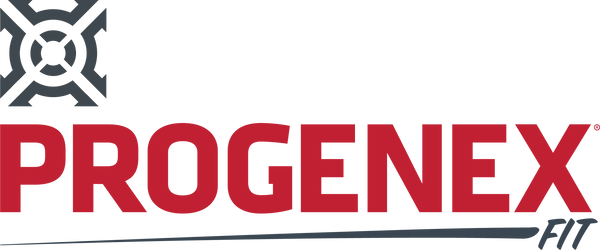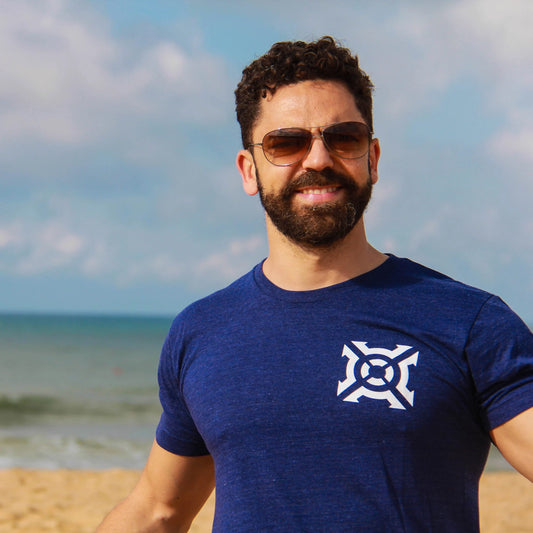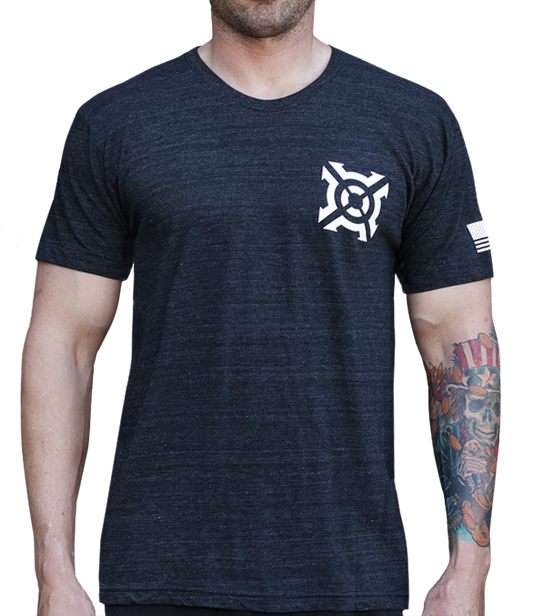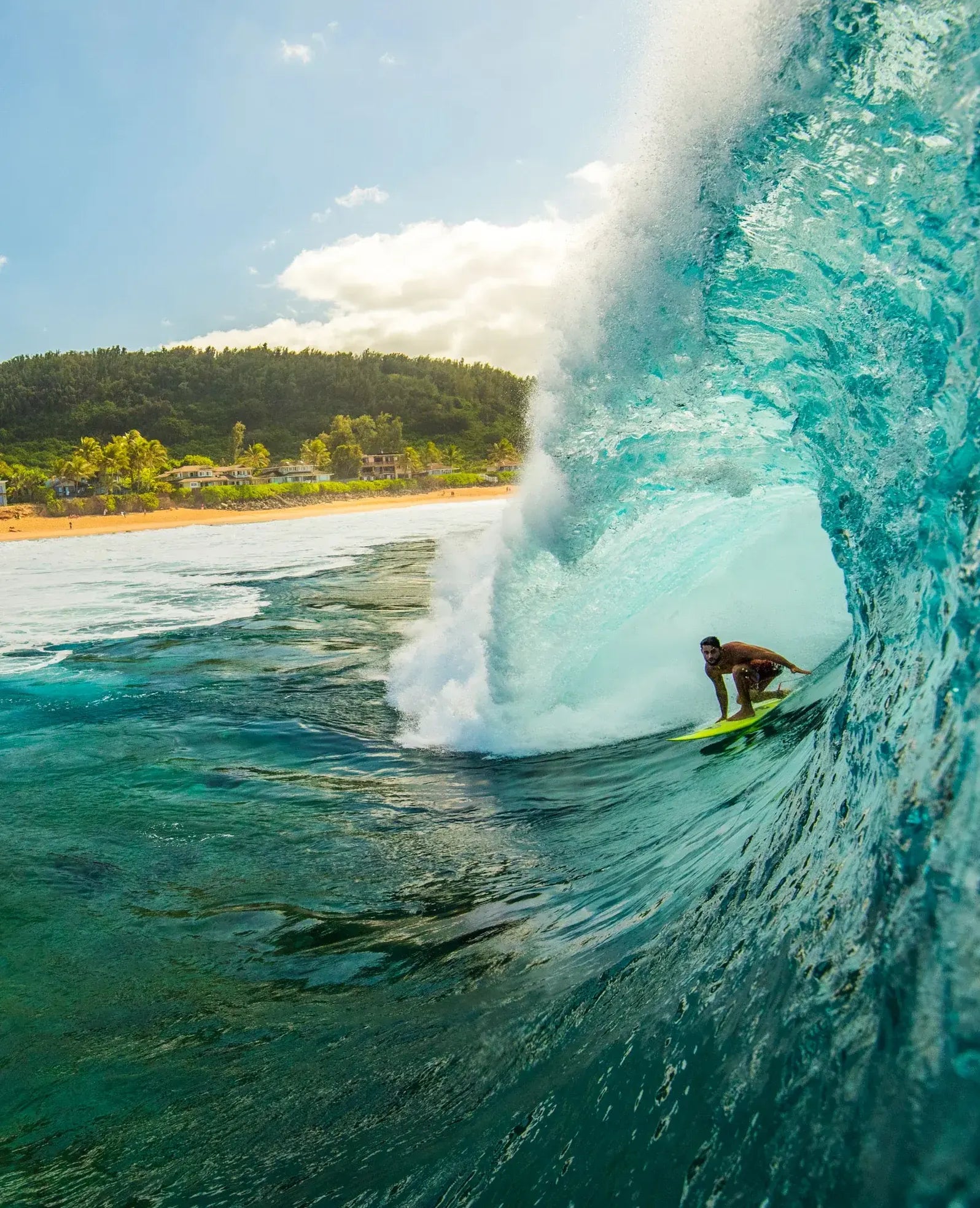
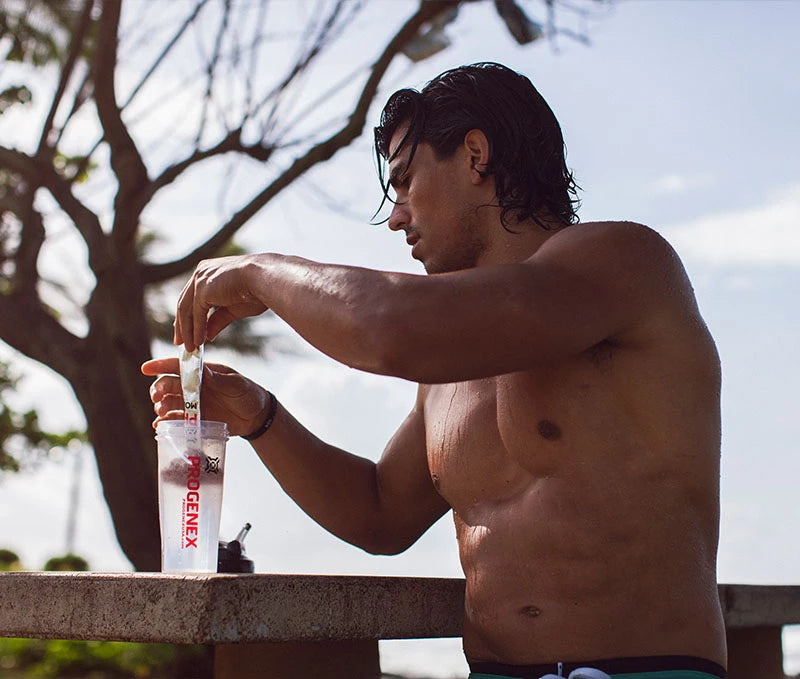
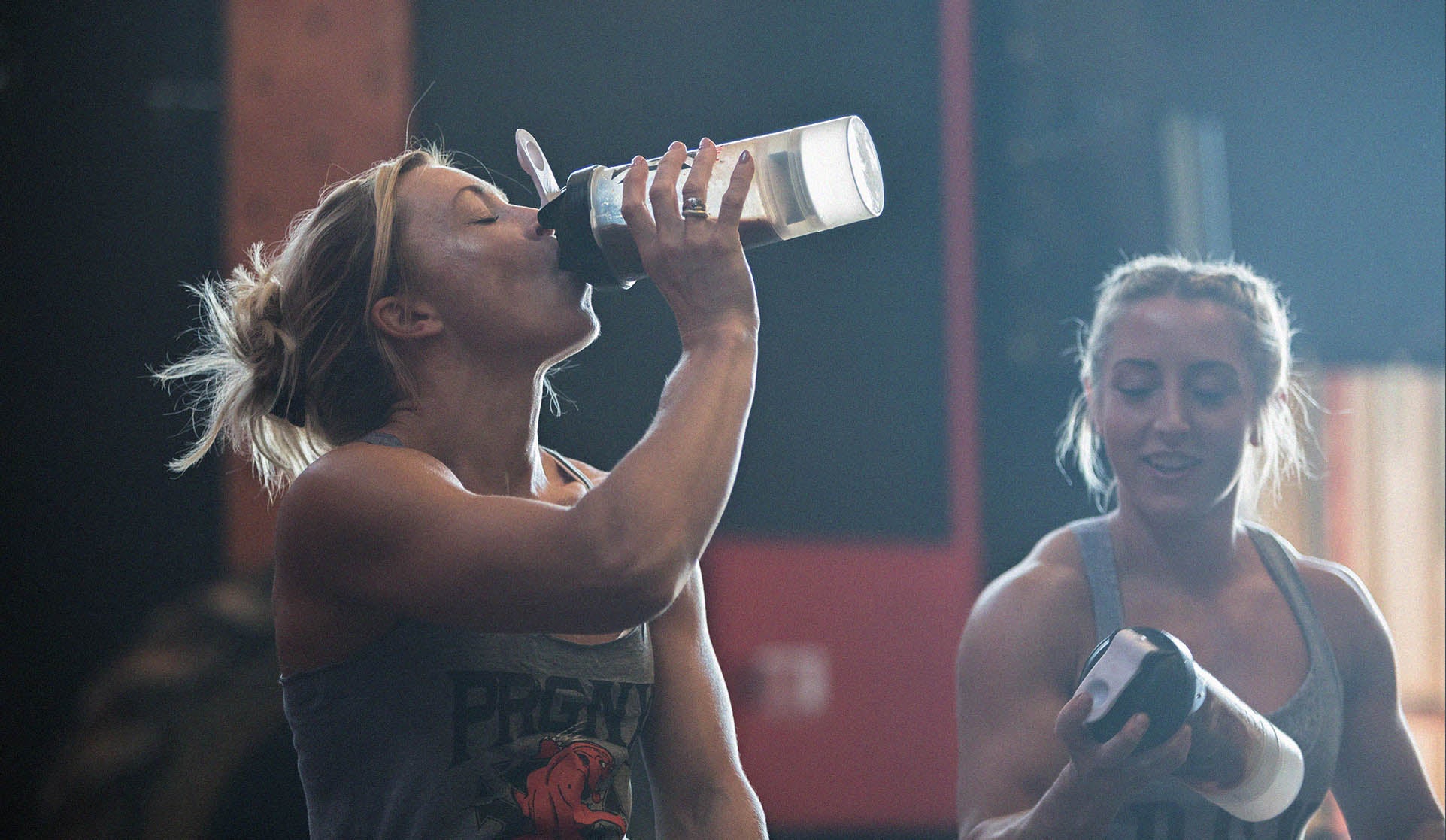
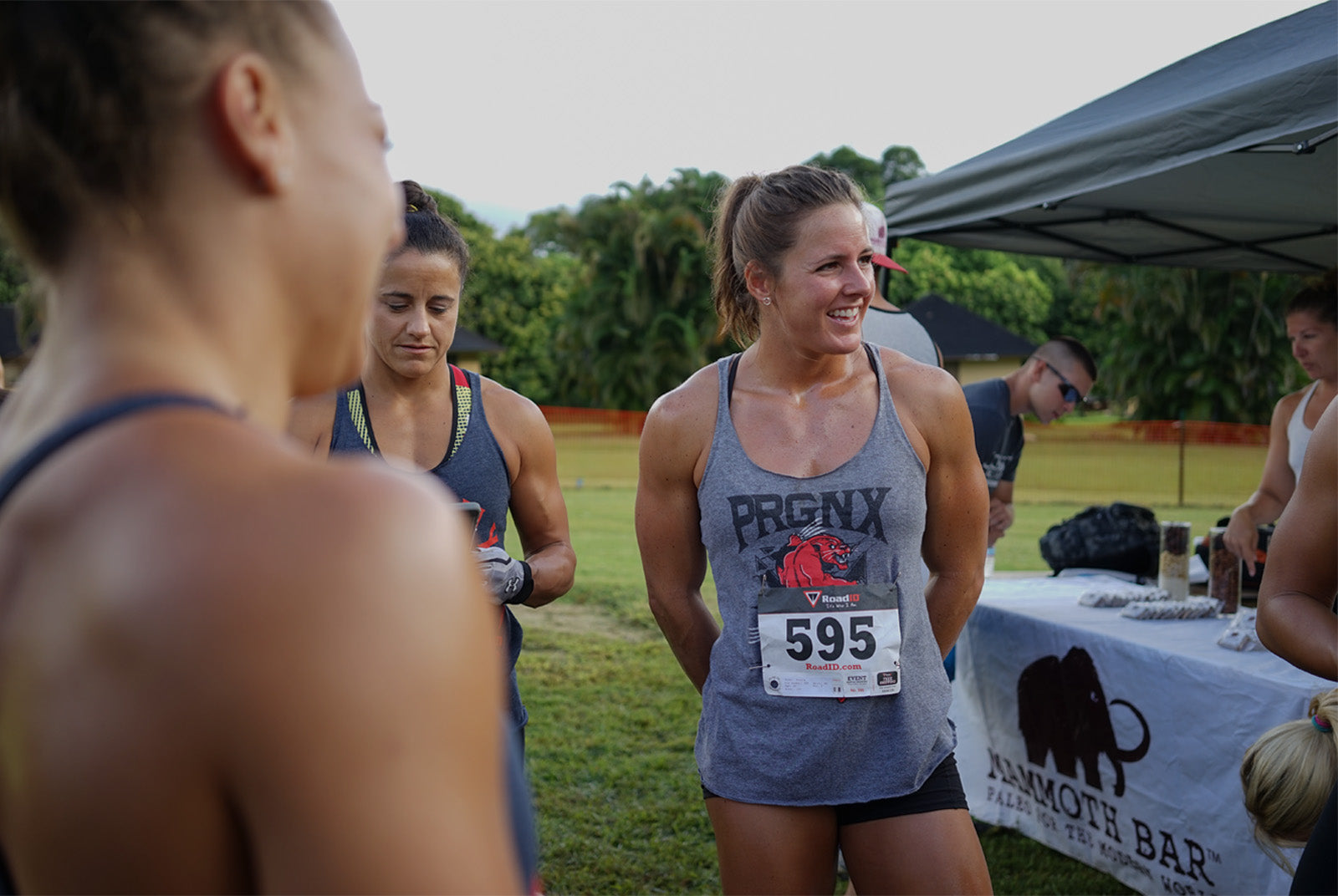
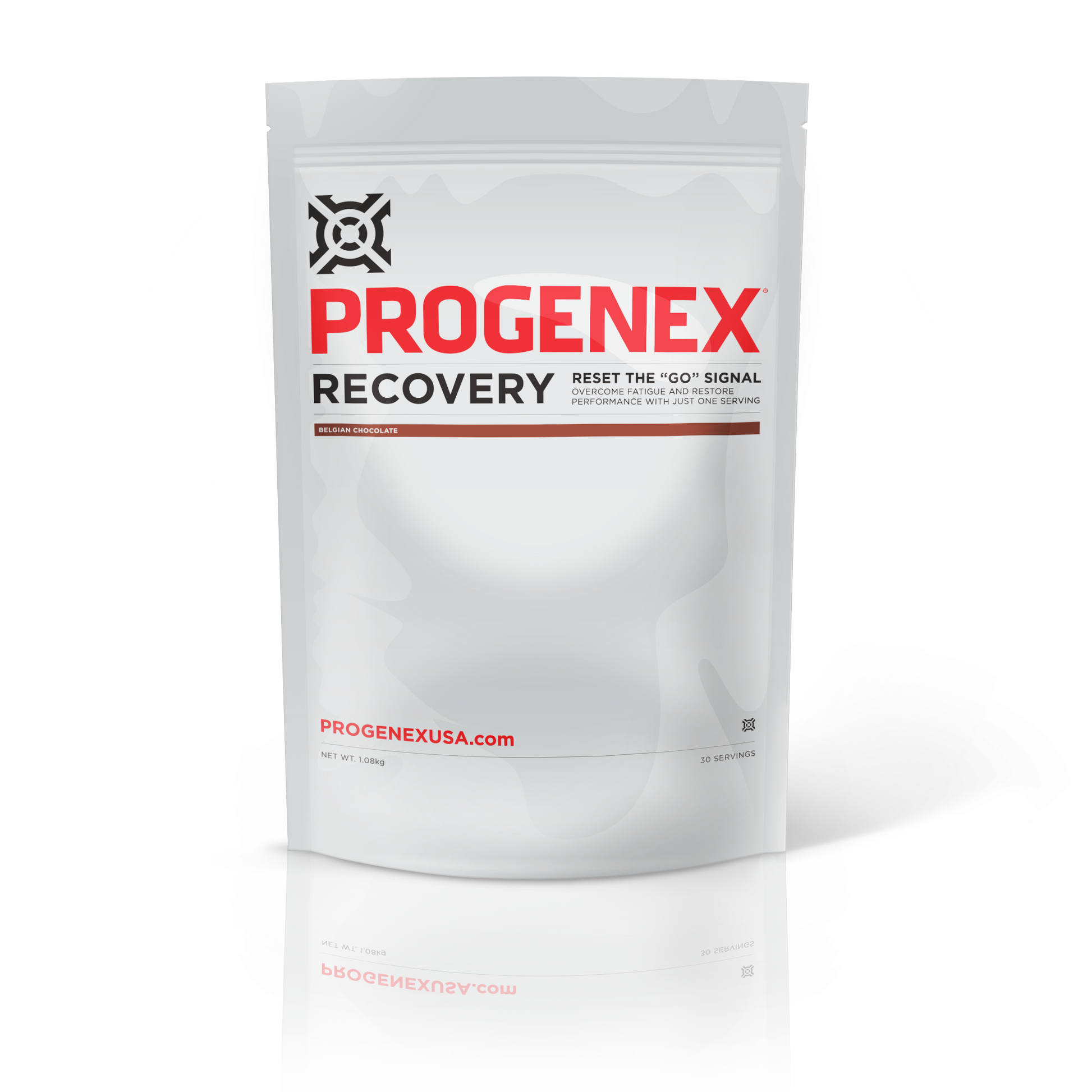
PROGENEX
RECOVERY
Share
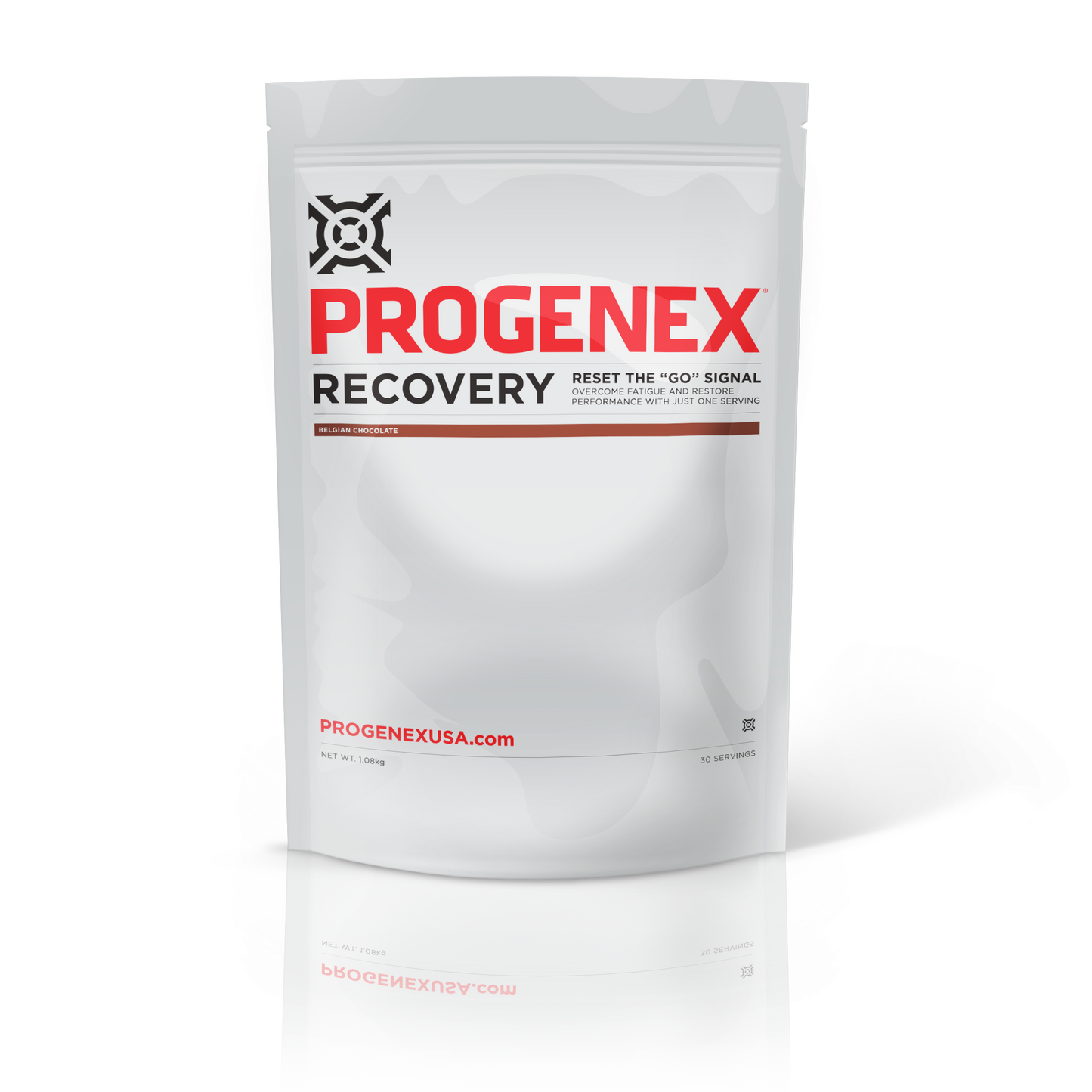
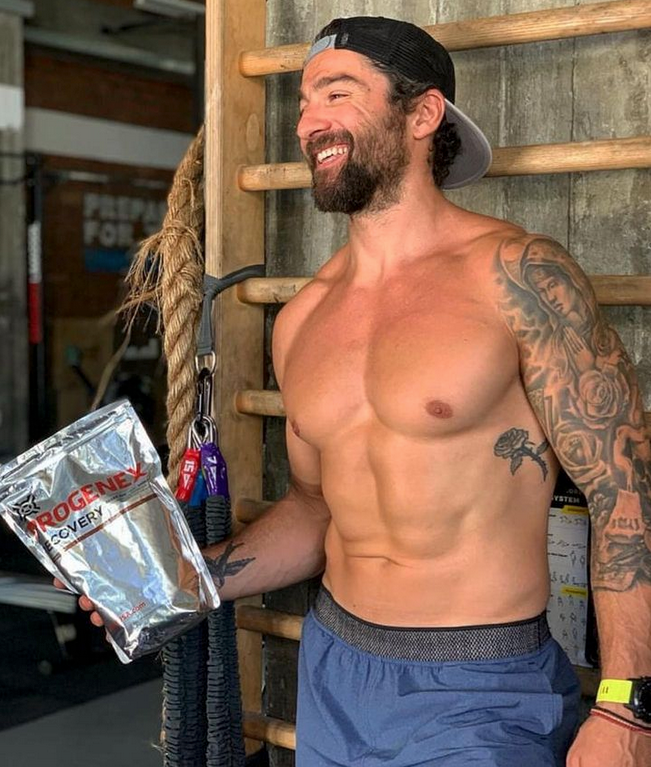
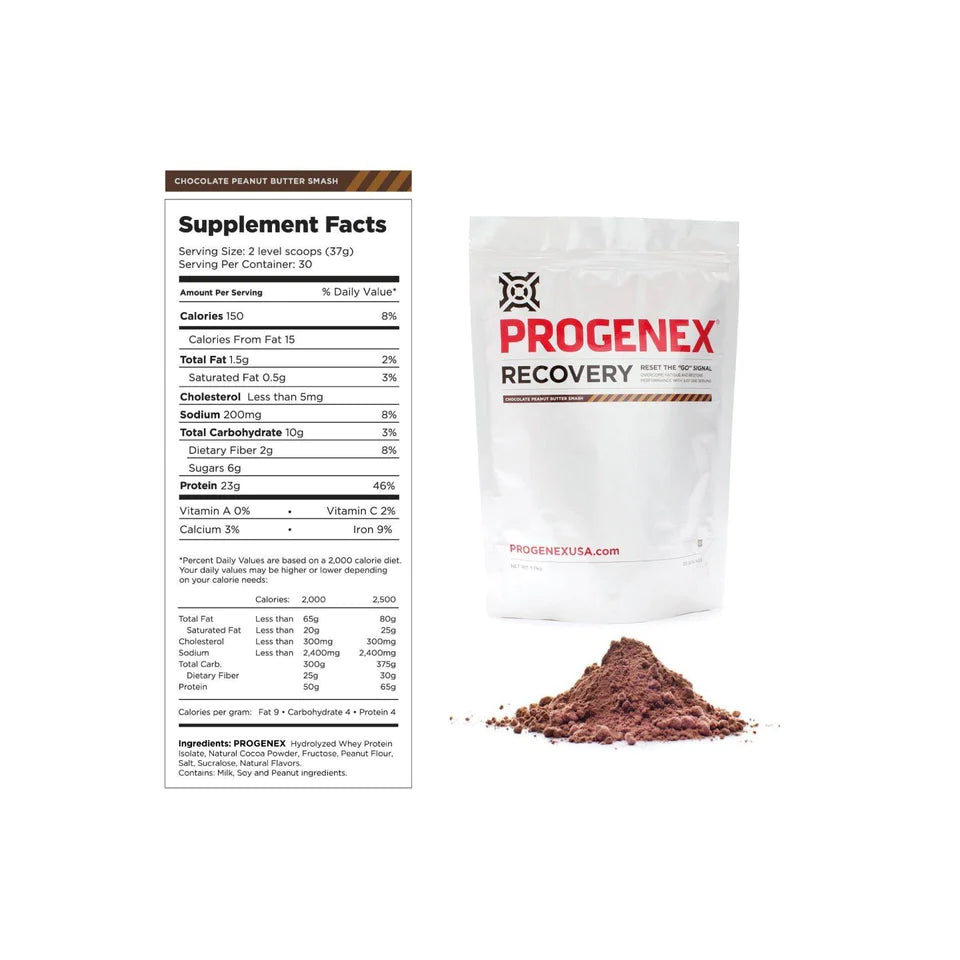
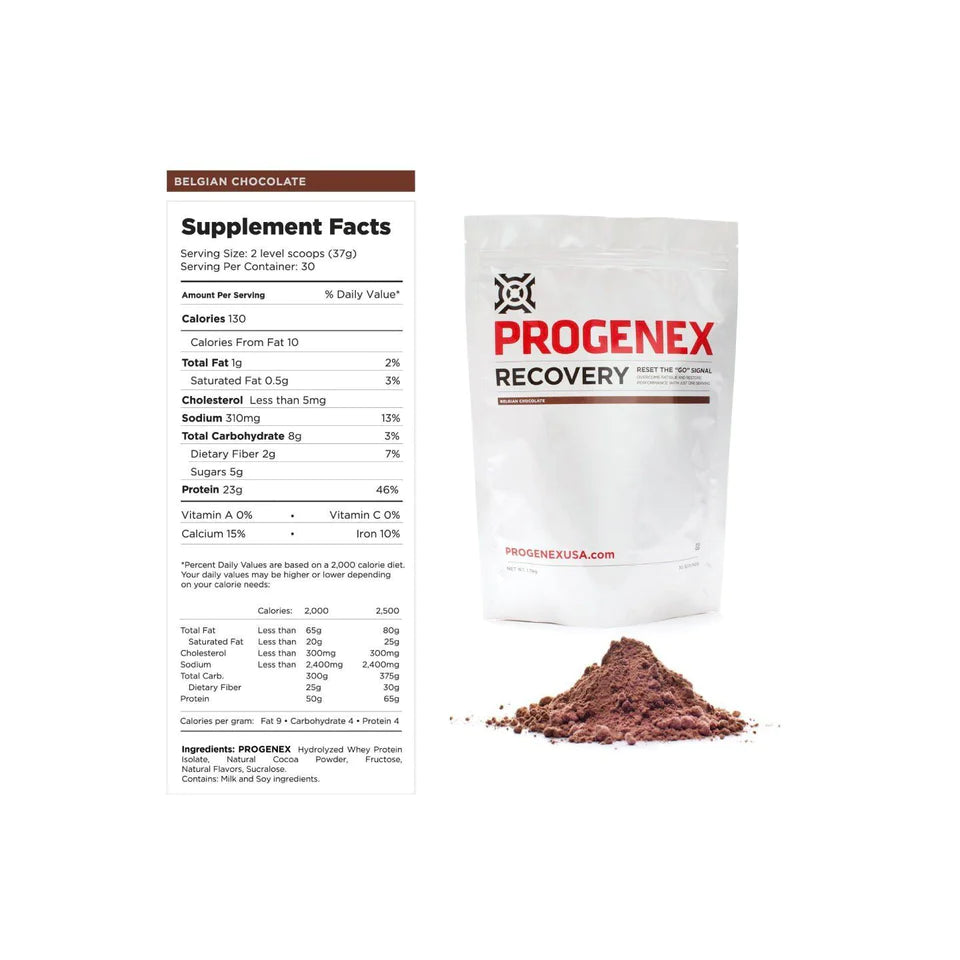
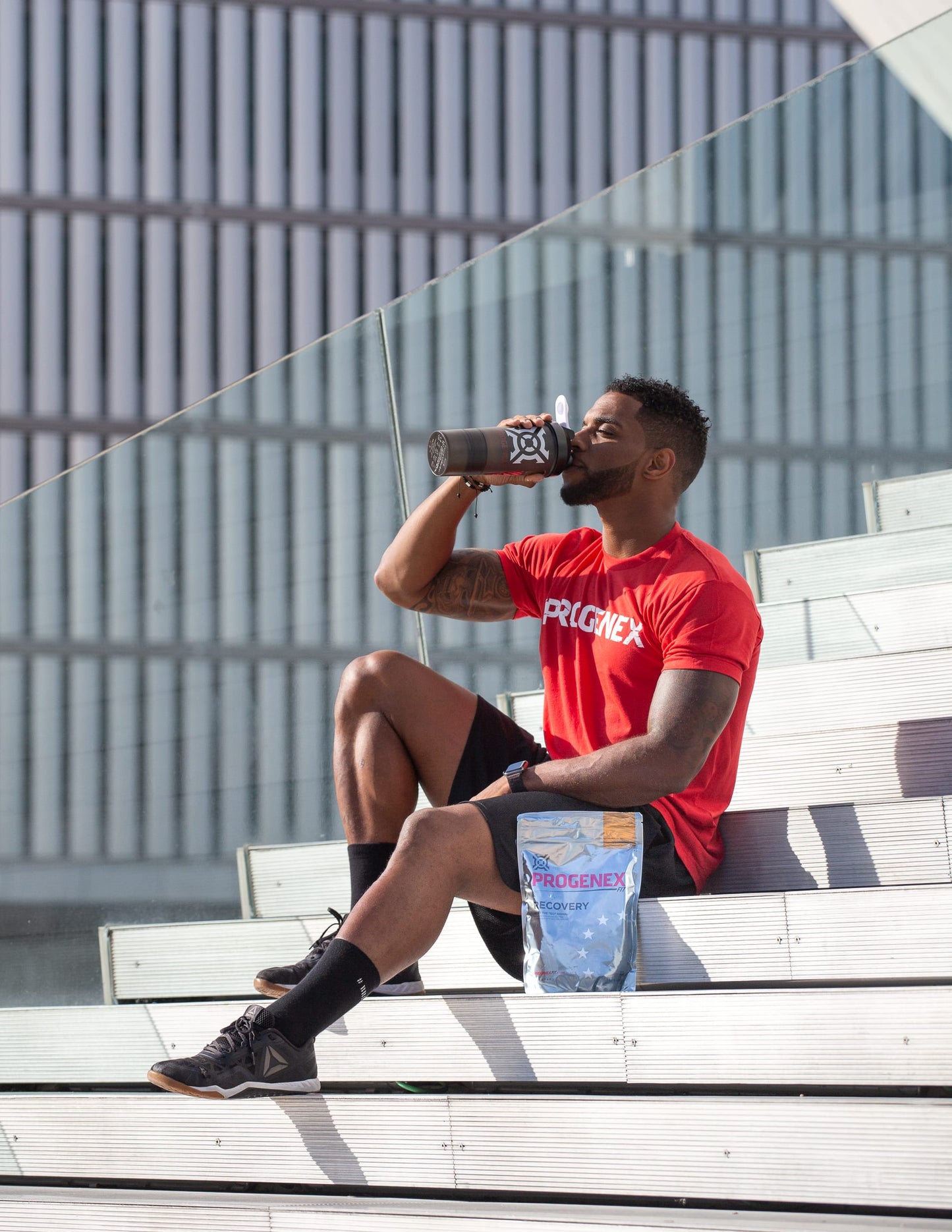
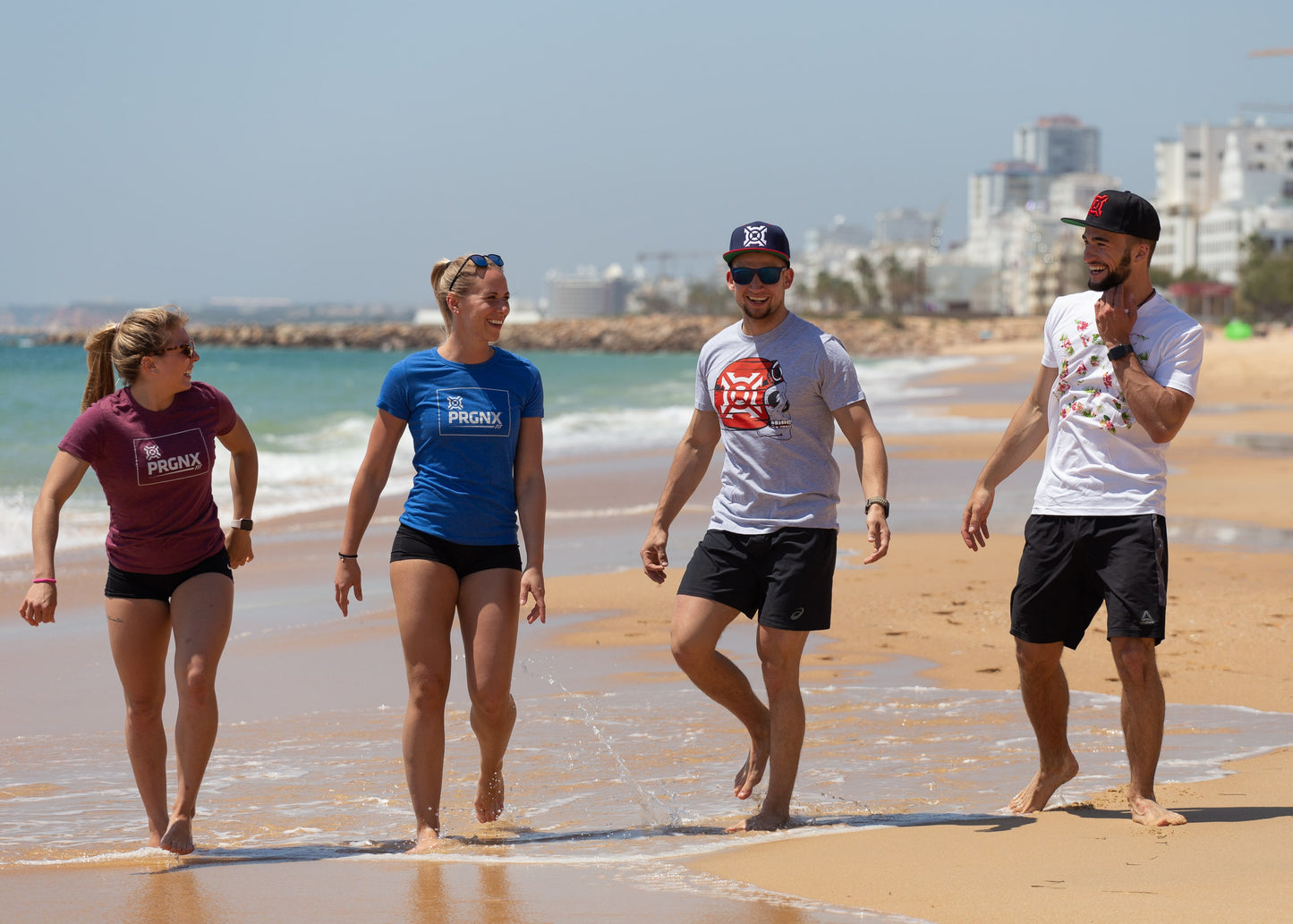
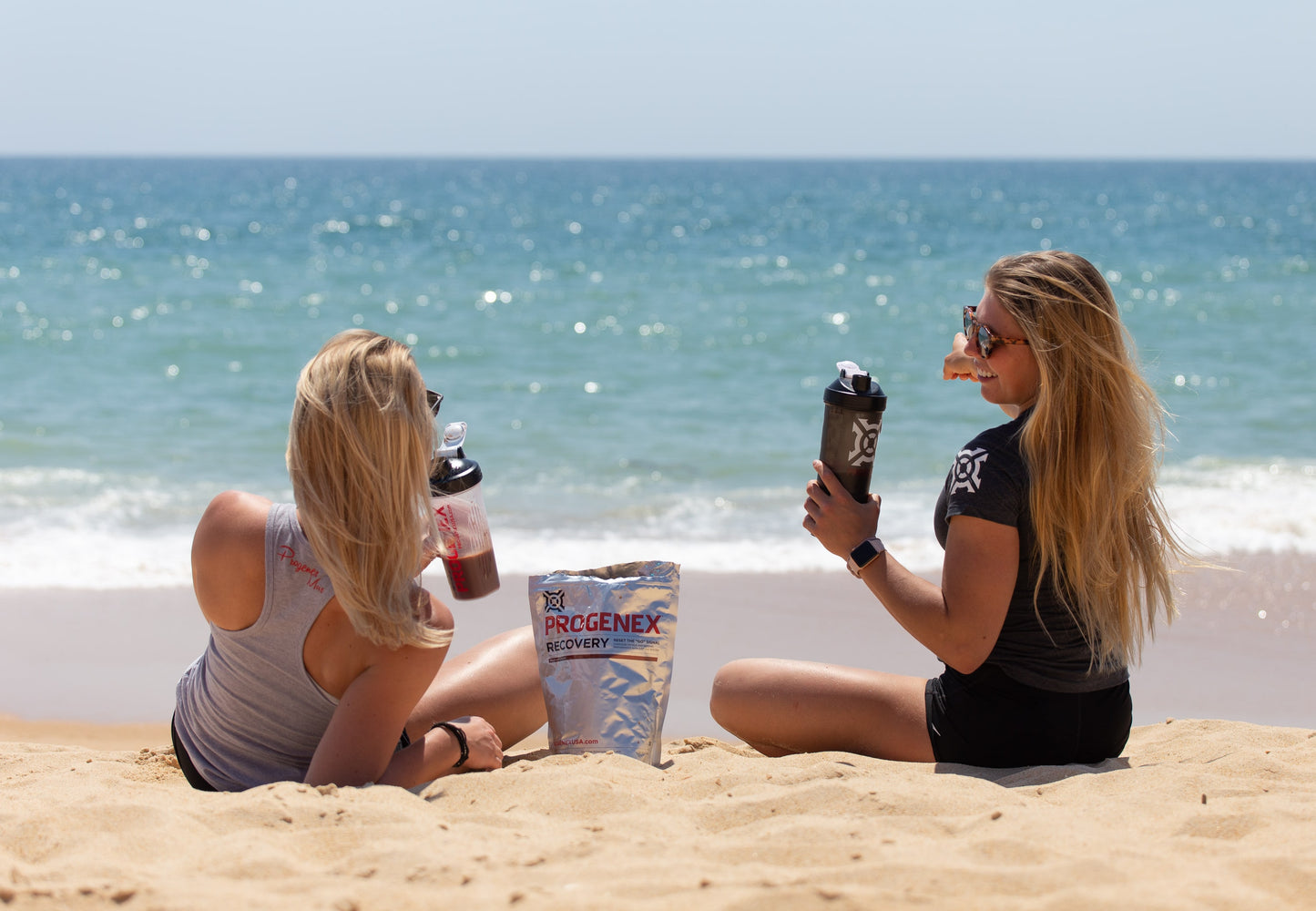

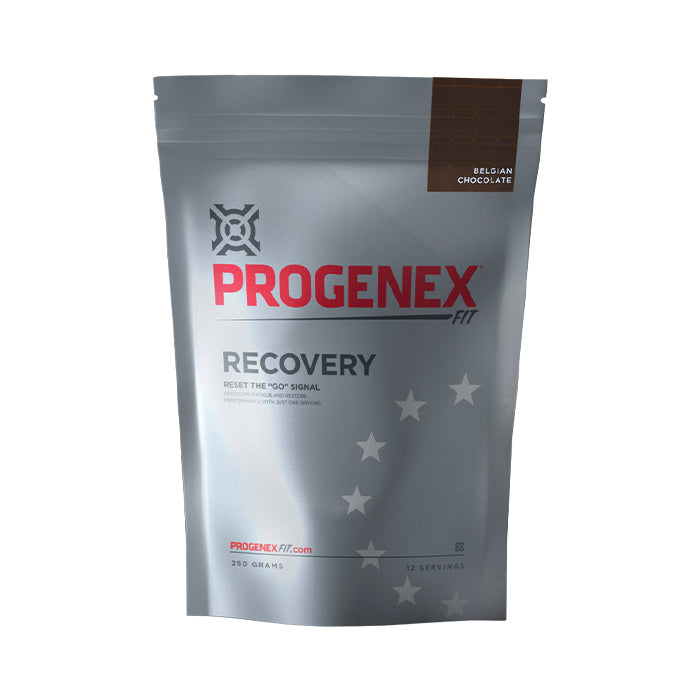
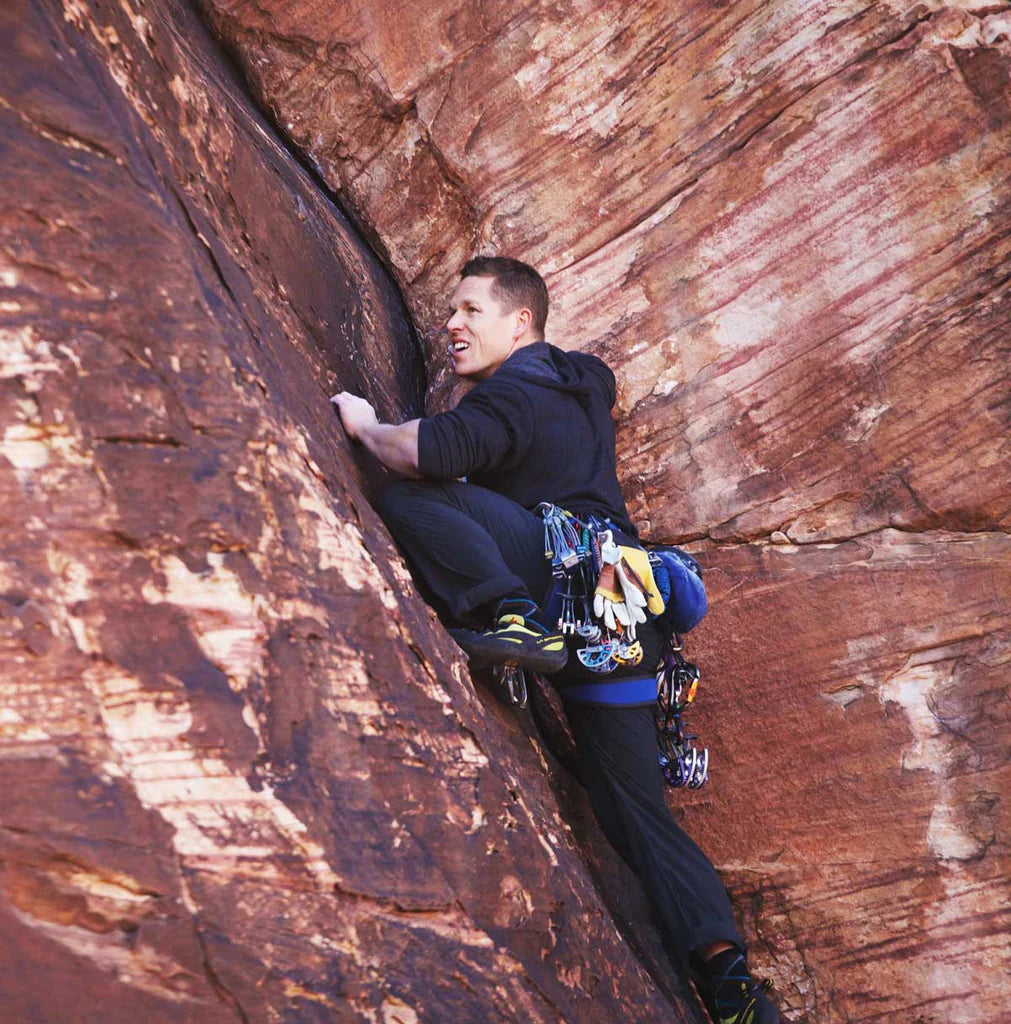
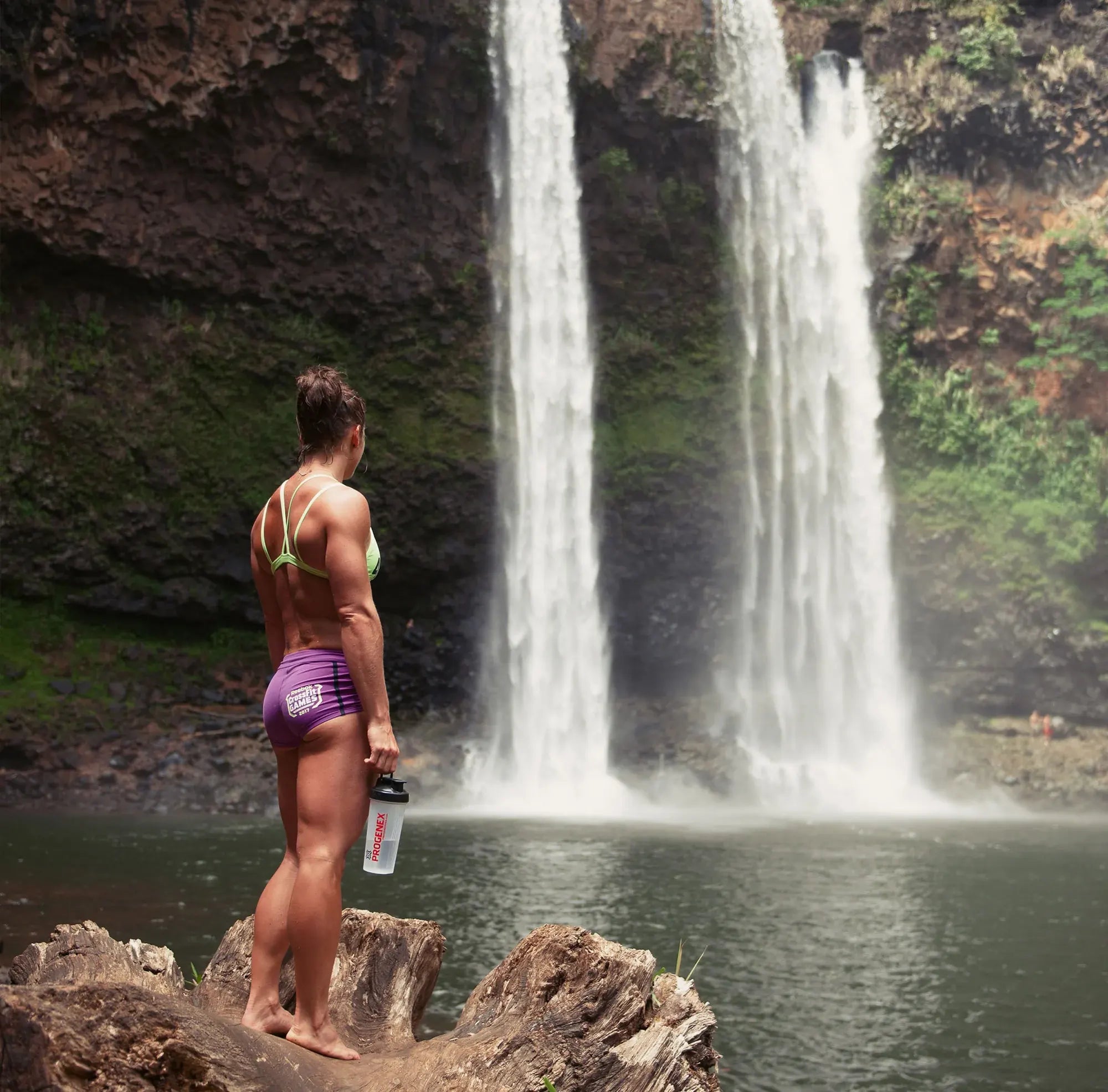
Featured products
-
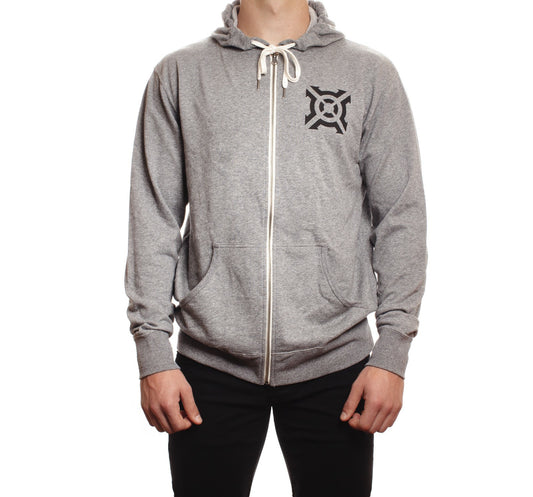
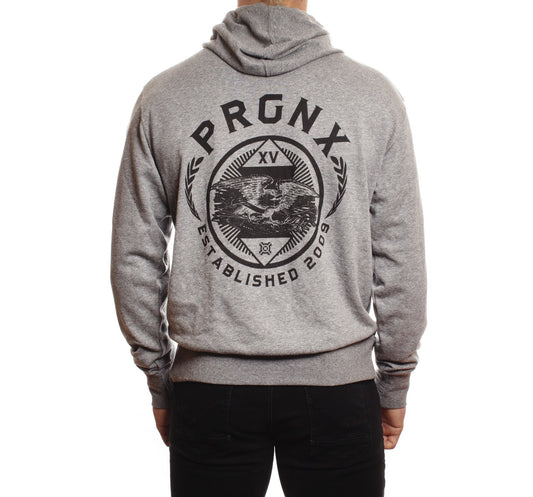 Sale
SaleEagle Crest Hoodie
Regular price €29,95Regular priceUnit price / per€59,95Sale price €29,95Sale -
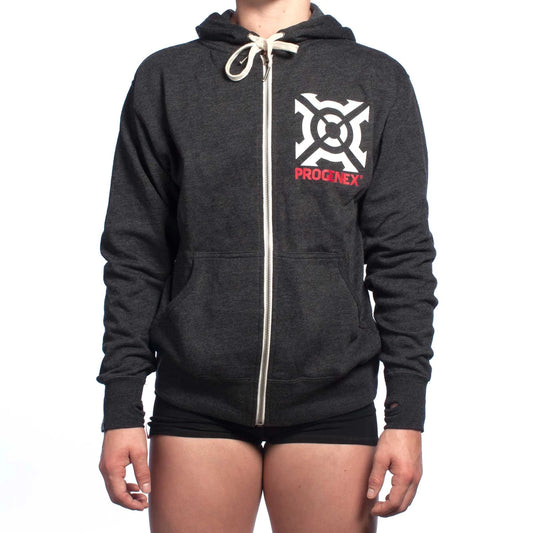
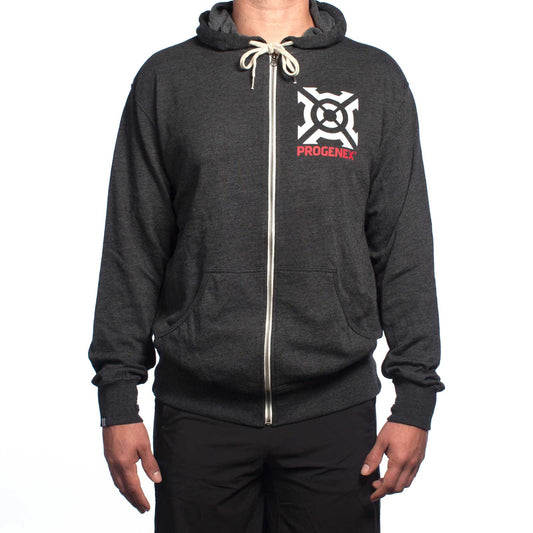 Sold out
Sold out -
Man's Progenex Classic T-Shirt XL
Regular price €9,95Regular priceUnit price / per€19,95Sale price €9,95Sale
Reset Your “GO” Signal and Recover Strong
-
Superior Quality
High-DH hydrolyzed whey-isolate protein is the easiest to digest form of whey on the planet.
-
Great taste
Considered by athletes and sports enthusiasts the best tasting hydrolyzed protein in the market.
-
Fast & Trustworthy
Being rich in di-tri peptides allows more rapid and efficient absorption so you feel the effect in just minutes.
We create products that work and taste great!
By taking Progenex Recovery, you can build muscle and experience
a quicker recovery while fueling your body for peak performance. Added
bonus: it tastes amazing! Overcome fatigue and restore performance with
just one serving of PROGENEX Recovery.

FAQ
Do you ship to all EU and UK?
YES, we ship to all countries in EU and also to the UK.
Why is the stock so limited?
Due to the unique flavoring ingredients that are known to make PROGENEX taste delicious we have a situation where demand is more then we can supply and source. Therefor we often sell out as soon as we restock. We advice you to not wait!
Can I pre-order?
Yes, we will enable pre-order option when possible and you will find it under the product page.
Money back guarantee!
We want you to be absolutely satisfied with your purchase. You are always able to return and get full refund for all unused products at any given time.
